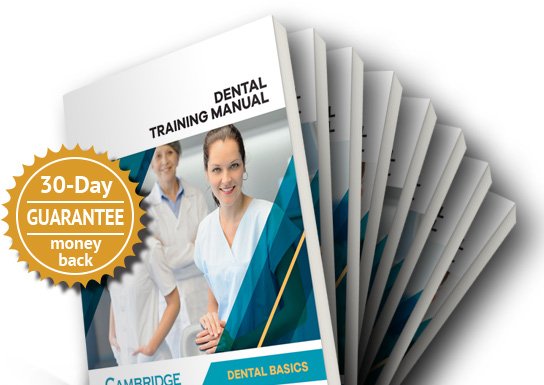Build-ups (D2950) and Insurance
Dental insurance reimbursement for build-ups is a common frustration. Here are some points of discussion that will hopefully shed some light on this issue, and help us understand what is going on. These come from discussions in dental study clubs I'm in, and from direct conversations with dentist consultants in the insurance industry.
First, the actual CDT descriptor for D2950 is used by insurance companies when determining whether a procedure is even truly a buildup in the first place, and we all need to be very familiar with it in order to use it properly. This is straight from the CDT 2015 manual:
D2950 - Core Buildup, Including Any Pins.
"Refers to the building up of coronal structure when there is insufficient retention for a separate extracoronal restorative procedure. A core buildup is not a filler to eliminate any undercut, box form, or concave irregularity in a preparation."
Contrast that with the CDT 2016 descriptor for a D2949:
D2949 - Restorative Foundation for an Indirect Restoration.
"Placement of restorative material to yield a more ideal form, including elimination of undercuts."
The important points here are:
- There is a difference between a buildup and a base, liner, or foundation.
- Placing a restorative material in order to idealize the prep is not a buildup.
- Placing a restorative material in order to eliminate undercuts is not a buildup.
- Placing a restorative material in order to protect pulp is not a buildup.
- Placing a restorative material in order to bond tooth structure, cusps, or cracks together is not a buildup.
- When there is sufficient tooth to retain a crown, then the shape or size of the crown prep doesn't matter; the restorative material placed is not a buildup.
Second, what defines "insufficient tooth retention" varies from insurance company to insurance company. Some might use actual numbers, such as over 50% of clinical crown missing before the crown prep is started. Or 50% of supragingival structure missing after prep. Or two of the four cusps completely missing. Or at least 180 degrees of structure missing. Some use prep height as a measure; they look at only the first 3mm above the prep margin when evaluating adequacy of remaining structure.
Third, if we have any kind of a signed agreement with an insurance company, we are bound to their policies regarding buildups. If they always consider it to be a part of the crown prep procedure for payment purposes, then we have agreed to that. If they say we cannot pass the cost on to the patient, then we have agreed to that. We have to be familiar with our agreements with these companies; if we don't like it, then our only realistic recourse is to drop our participation with them.
Fourth, if the insurance claim is being reviewed by a human, then it will be reviewed based on the information we have sent with our claim. If the x-ray doesn't tell the entire story, then we need to tell it, or the claim will be denied. Include a clinical photo if it helps clarify the need. Include a detailed narrative that is clearly intended for that specific patient's tooth and not a generic one. Occasionally we need to actually look at the x-rays being sent out of our office. Frequently dentists assume that the quality of x-rays going out is as good as the x-rays we are looking at, and are shocked when they see the poor quality that is actually submitted with claims.
Fifth, if we send a narrative to document buildup necessity, we need to make sure it addresses why the buildup was necessary, not why the crown was necessary. These are two different issues, and should be addressed separately.
Sixth, a buildup is not routinely needed for every crown prep. Some dental offices submit a buildup with literally every single crown prep. In a sense, these offices have ruined it for the rest of us. Because of them, the rest of us are required to document the necessity of our legitimate buildups.
Seventh, predetermining a buildup can be a toss of the dice, particularly when replacing an existing crown. The consultant will wonder "When the old crown is in place, how do you know a buildup will be necessary to hold the new crown in place? The old crown might have recurrent caries, but it is still held in place, so there's not really good documentation to show that this new crown will truly need a buildup."
Eighth, when a submitted claim for a buildup is denied, the insurance company is not necessarily telling us that the buildup is not needed. Sometimes that is exactly what they mean. But often it simply means that the insurance plan that this patient's employer bought for them simply does not cover buildups, or only covers buildups in certain circumstances. Having a procedure not covered in the patient's insurance plan is not always the insurance company dictating treatment; often it is more accurately the patient's employer dictating treatment.
Lastly, some dentist consultants use a very simple method when evaluating buildup necessity. Given the submitted x-rays and/or clinical photos, they try to visualize the tooth prepped with the restorative material in place, then try to visualize how much restorative material is left. Then they simply ask themselves "Is that restorative material necessary to hold the new crown in place?" Or, worded differently, "Would the newly cemented crown fall off if the restorative material was not placed?" If the answer to either question is no, then they don't consider the restorative material a true buildup, but more likely consider it a base or a liner, which is a different CDT code.


